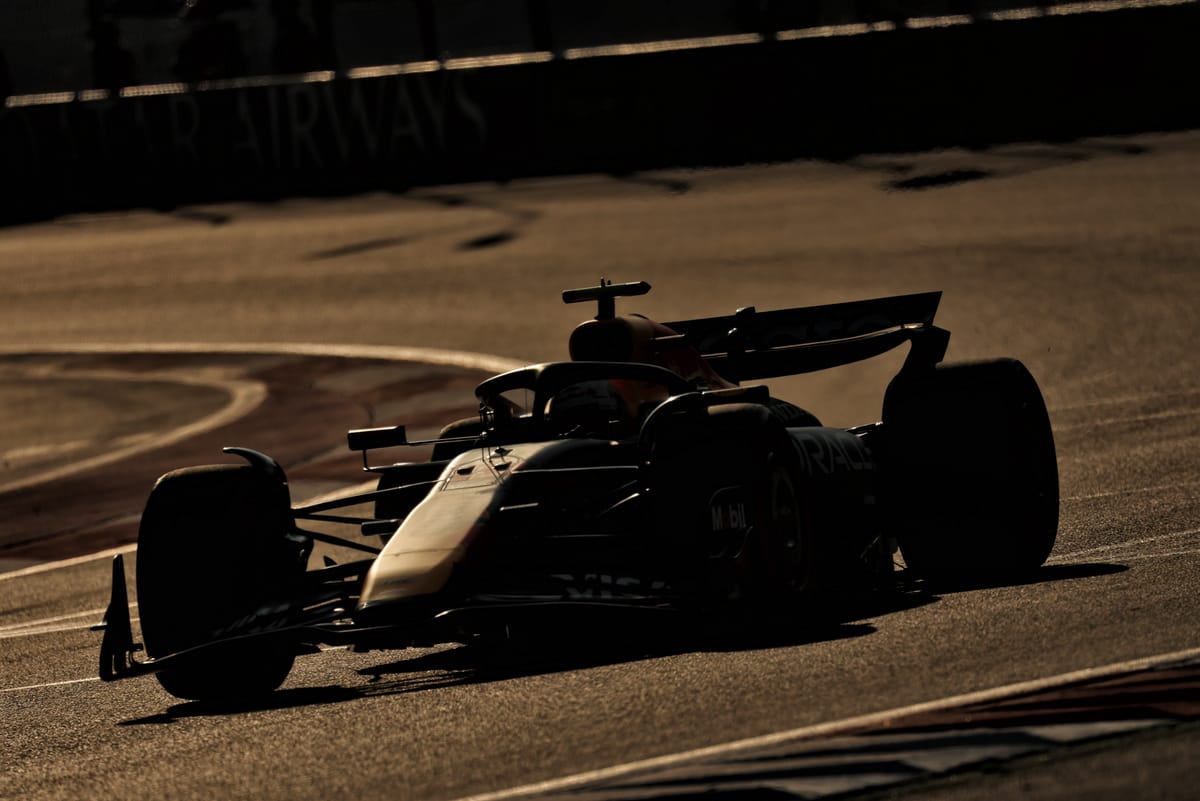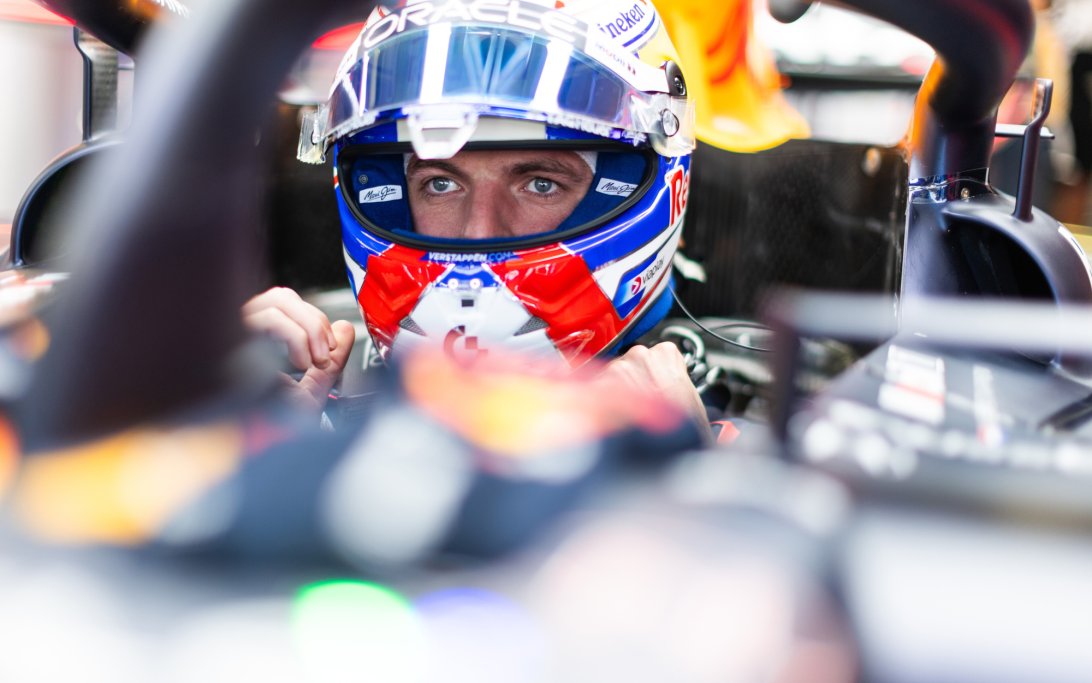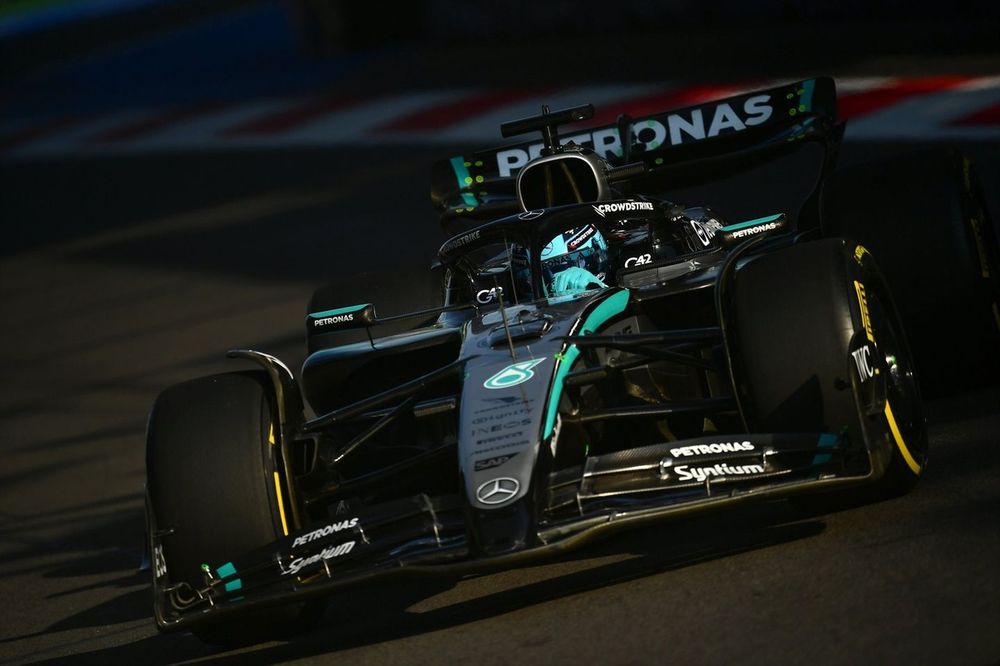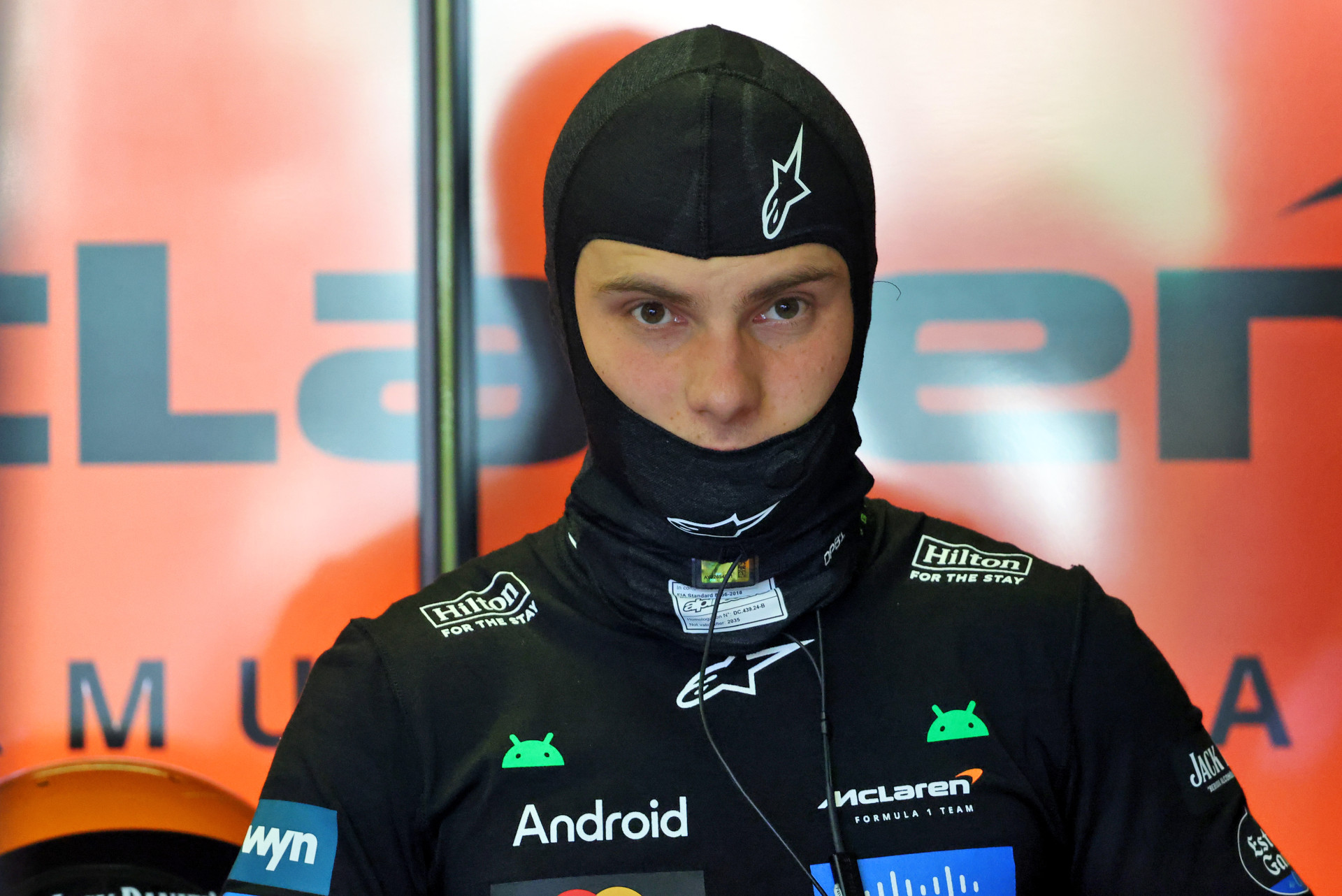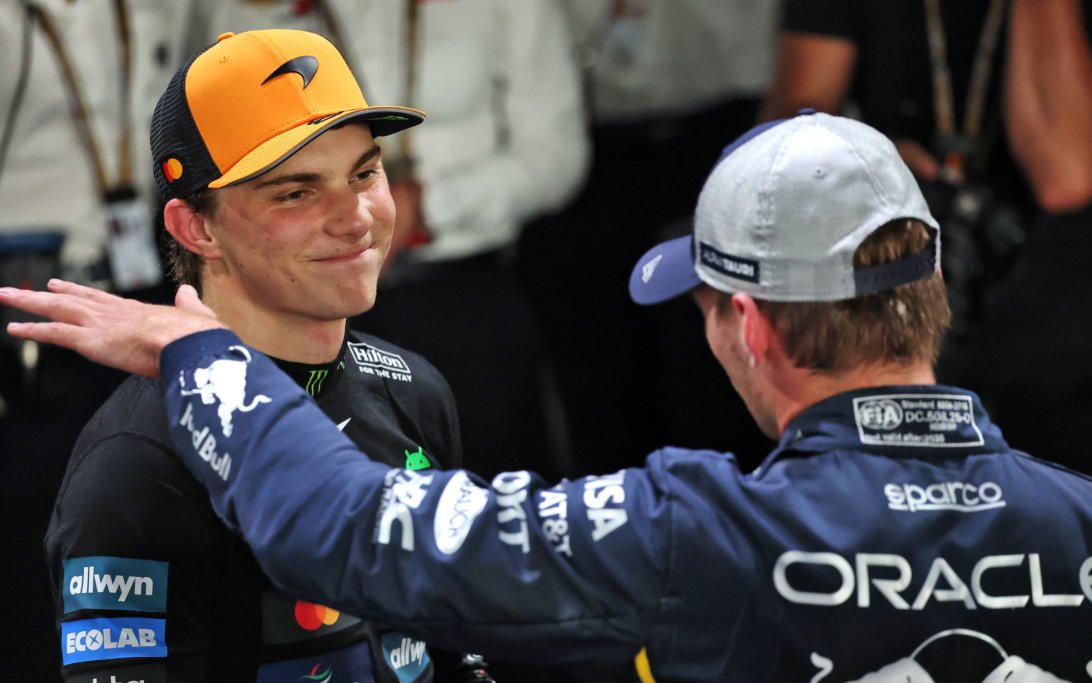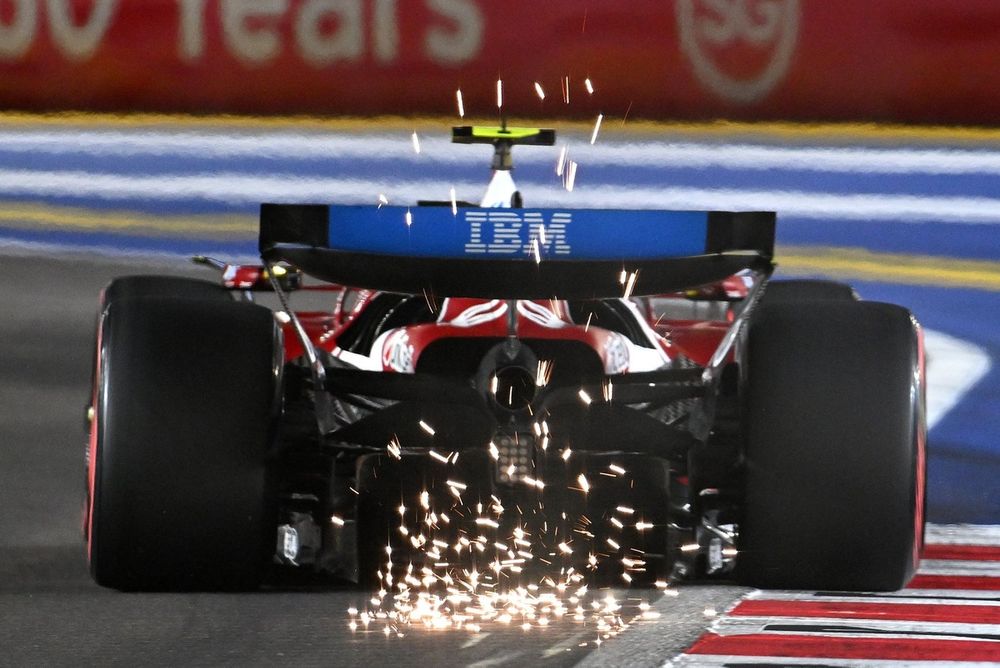
Ferrari's Enduring F1 Ride-Height Dilemma: Why They Lag Behind Red Bull and McLaren
Ferrari's SF-25 has been plagued by extreme sensitivity to ride height, a critical factor preventing the team from consistently competing at the front despite an aggressive new design philosophy. Unlike Red Bull and McLaren, who have mastered extreme floor solutions for optimal downforce, Ferrari's innovations have ironically become development constraints, forcing them to prematurely halt SF-25 development to focus on next season.
Why it matters:
Ferrari's inability to solve the ride-height puzzle highlights a fundamental design flaw that has severely hampered their 2025 season. In an era where floor-generated downforce is paramount, this limitation prevents them from running their car optimally, directly impacting performance and their championship aspirations. Understanding this issue is key to appreciating why a team with Ferrari's resources struggles to match its rivals.
The details:
- Aggressive Philosophy: Ferrari adopted a new design philosophy with the SF-25, aiming for bolder mechanical and aerodynamic choices to overcome the SF-24's limitations and unlock greater performance throughout the season.
- Paradoxical Outcome: These very modifications, intended to create new opportunities, have become a significant constraint, stifling the SF-25's growth potential from the season's outset.
- Ride-Height Sensitivity: The SF-25 is exceptionally sensitive to ride-height variations, a problem that has cascaded from the Australian Grand Prix to recent races, particularly evident on bumpy tracks like COTA.
- Skid Block Wear: The issue isn't just about running low; each car's unique aerodynamic map dictates different pressure and downforce distribution under the floor, leading to varying skid block wear patterns. Ferrari's design choices created "abnormal" wear not predicted in simulations.
- Expert Insight: Former Ferrari engineer Iñaki Rueda, now Sauber's sporting director, explained that teams that can distribute skid block wear more towards the front can run lower, gaining a competitive advantage. This is where McLaren, for example, excels.
- Performance Impact: When floor wear is concentrated, particularly at the rear, Ferrari is forced to raise the car, sacrificing crucial downforce. This sensitivity also impacts suspension setup and can push the car out of its optimal operating window, leading to performance drops and even mid-race adjustments.
- Early Development Halt: Due to the deep-rooted nature of this problem and the realization that initial goals were unattainable, Ferrari decided to halt SF-25 development early to prioritize the 2026 project.
The big picture:
Red Bull and McLaren have demonstrated that extreme, innovative floor solutions are essential for winning in modern F1. McLaren's early season superiority and Red Bull's recent resurgence both stem from mastering these critical ride-height and floor management techniques. Ferrari's struggle underscores the complexity of ground-effect aerodynamics and the critical importance of getting fundamental design choices right from the outset. Their current predicament suggests a significant gap in understanding or execution compared to the leading teams.
What's next:
Ferrari's decision to shift focus to the 2026 project indicates a recognition that the SF-25's core issues are not solvable within the current season. The team will be hoping that the lessons learned from this year's ride-height struggles will inform a more robust and adaptable design for the future, allowing them to finally crack the puzzle that their rivals have already solved.
Original Article :https://www.motorsport.com/f1/news/why-ferrari-cant-solve-the-f1-ride-height-puz...



